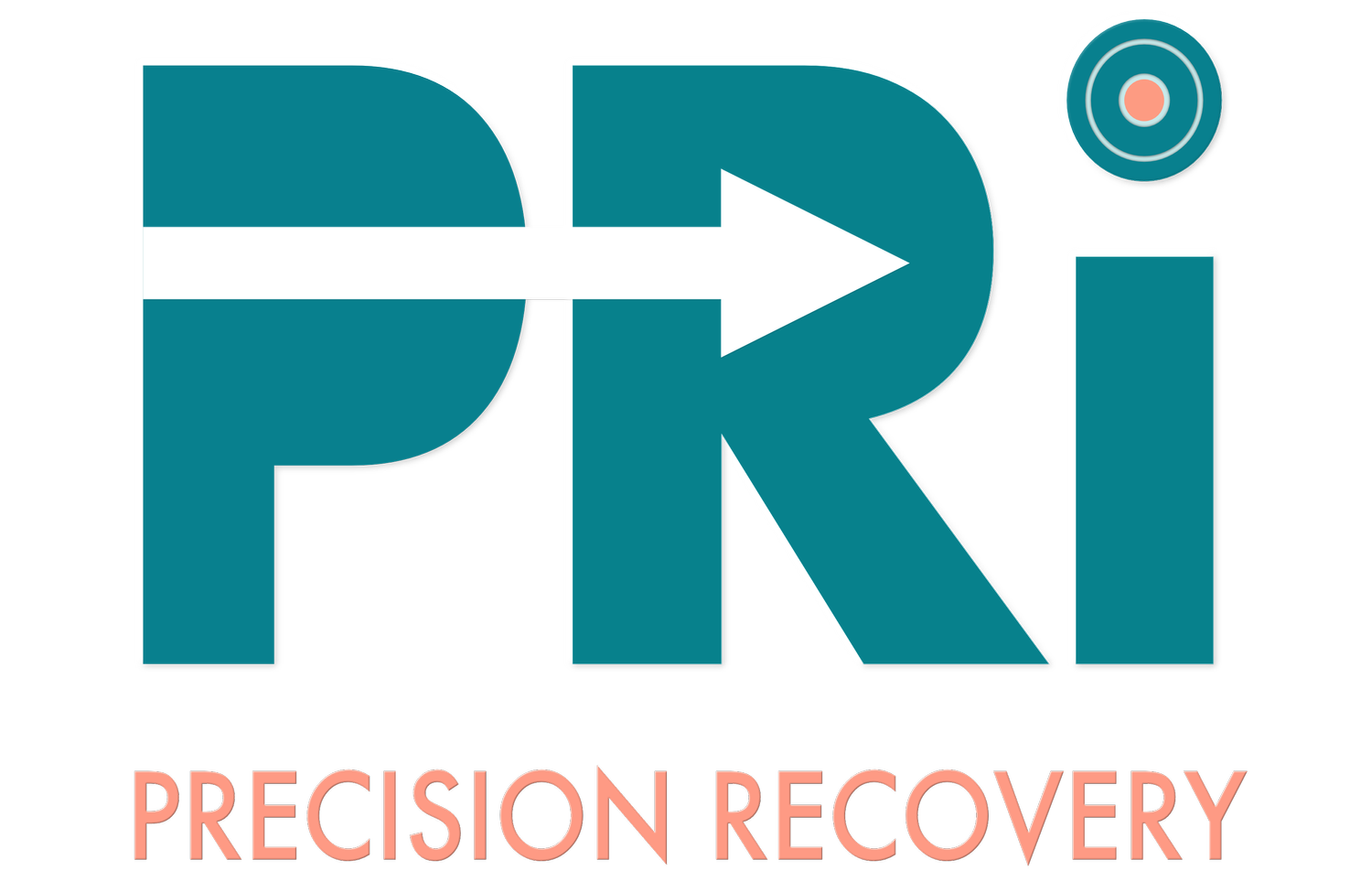How to make the home safe for your loved one after stroke
Creating a Safe and Accessible Home Environment for Your Stroke Survivor for the Caregiver
Recovery from a stroke can be a challenging journey, both physically and emotionally. One of the primary concerns for caregivers and families is to ensure that the home environment is conducive to healing, safety, and accessibility. By making thoughtful modifications and adopting supportive technologies, you can create a sanctuary that empowers stroke survivors to regain their independence and flourish.
First and foremost, safety is paramount. The aftermath of a stroke often leaves individuals with limited mobility and a higher risk of falls. Installing grab bars in strategic areas like bathrooms and hallways, ensuring clear and unobstructed paths, and removing potential tripping hazards such as rugs and clutter, are essential steps. Adequate lighting is another vital consideration. Illuminate areas like staircases, entryways, and bedrooms with bright, clear lights to prevent accidents and to aid in visual clarity.
Accessibility enhancements go hand in hand with safety. Consider adaptive equipment such as shower chairs, raised toilet seats, and non-slip bath mats. For those with more pronounced mobility challenges, wheelchair ramps, stairlifts, or even home elevators might be beneficial. Kitchen modifications, like lowering countertops or using pull-out shelves, can make daily tasks less strenuous. Lever door handles, touch lamps, and voice-activated technologies can also make a world of difference, facilitating easier access and navigation throughout the home.
In conclusion, preparing a home for a stroke survivor isn’t just about physical modifications. It's about creating a nurturing environment that fosters confidence, independence, and peace of mind. Through strategic changes and a bit of innovation, caregivers can transform any space into a haven of recovery and renewal for their loved ones. Embracing this mission with empathy and understanding paves the way for an enriched life post-stroke, making every day a step towards progress.
